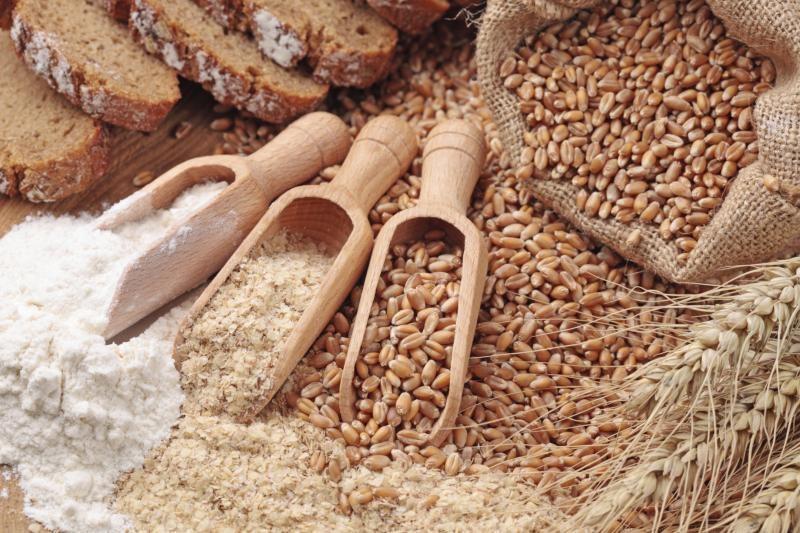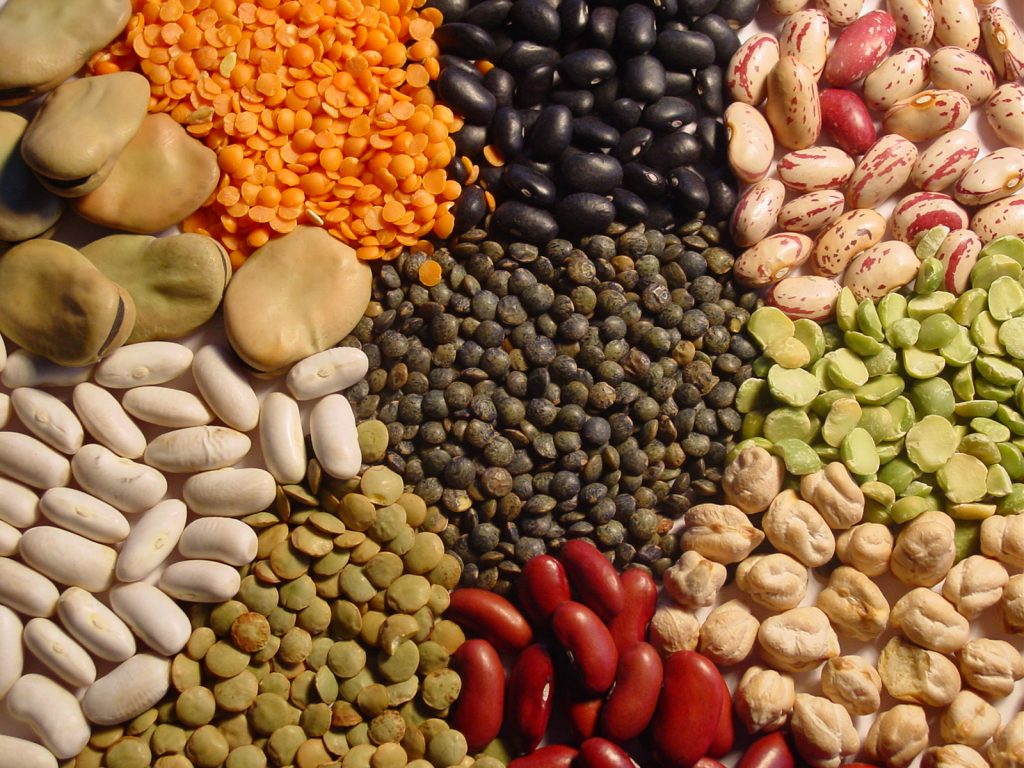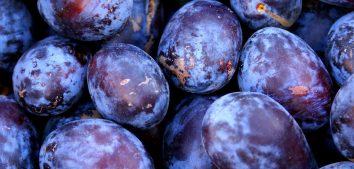
PHYTIC ACID
As we all are food conscious we try provide our meals with essential nutrients. However it’s not that easy nowadays, as farming has been industrialized and the amount of vitamins and minerals in food has been considerably reduced.

Thus, it is important to know a thing or two about absorpotion of essential elements, food processing and the processes that happen within our organisms depending on the food we eat.
But it’s hard to select the right information from all those presented in media. Even though they refer to the same subject they can be contradictory. Phytic acid is one of such controversial subjects.
It stores up phosphorus in plants. It takes part in growth and germination processes. It is regulated by phytase – an enzyme that neutralizes the excess of phytic acid in a plant. And phytase is produced by animals that feed on such plants, for example cows and sheep.
We may provide our organisms with phytic acid by eating grain and legumes mostly. What happens in our organisms after eating phytic acid? Well, it really is extraordinary. Phytic acid combines with minerals (such as iron, zinc, magnessium) to create salts (phitynians). And all of it happens before those elements are used by our organisms. As salts they are useless to our bodies so we eliminate them. Phytic acid is also a pepsin blocker. Pepsin is an enzyme essential for protein metabolism and the conversion of starch into sugar/trypsin. It is a definitely a disadvantage.
But is there anything that can be done about it? Eating wholemeal grain is supposed to be healthy, right? Obviously, but let’s not forget about common sense. Eating wholemeal grain is very beneficial, but eating a lot of raw grain (like unprocessed bran for example) is not recommended. However, negative properties of phytic acid can be eliminted with different culinary processes – grinding, germination, thermal treatment, soaking and fermentation. Vitamin C and apple vinegar also eliminate negative effects. To avoid them, soak your grain in water with a hint of lemon juice, before eating. This way they will start to grow. Make sure to change the water before cooking them.
Phytase is lost during thermal treatment – this is why cereal and crispy bread are deprived of this enzyme. Buckwheat is rich in phytase so it may be a good idea to ferment cereal with it. Just leave your cereal with buckwheat powder in hot water overnight. The amount of phitynians is lower in a sourdough bread than in a regular one. It’s also a good idea to add garlic and onion to meals rich in phitynians. Don’t forget about vitamin D, especially now, during winter. It also affects the amount of phytic acid in our bodies.
To jeść produkty z roślin bogatych w kwas fitynowy, czy nie?
To eat or not to eat?
Eat. Phytic acid has also many advantages. It combines with many micro and macroelements and heavy metals. It also is an antioxidant. It works like an anticancer drug and soothes the side effects of chemotherapy. It is also used in nervous system and mental disorders treatment.
Pregant women, people over 60, little kids and people with gut flora disruption should either eliminate or cut back on products that contain phytic acid. Healthy organisms have microorganisms producing phytase, while in those with gut flora disorders phytic acid doesn’t have any blocker. Consequences will occur in a couple of years but they may be dramatic.










Comments No Comments
Join the discussion…